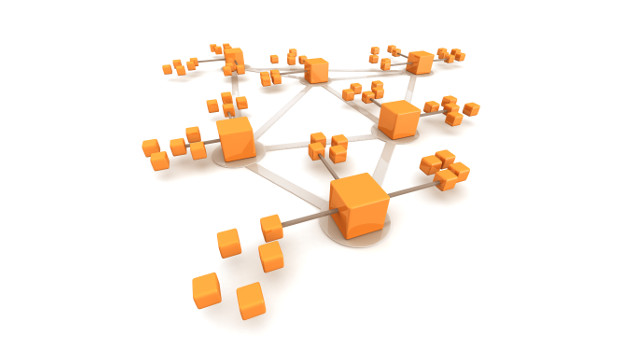
The Internet of Things is more vital in 2020 than ever before
If you work in IT, you are probably safely ensconced at home right now, clinging to your laptop at the edge of your company’s network. The shift from office to home has been momentous. But it is also symbolic of a larger trend: The network edge has become as important as the network core. Remote workers aside, the Internet of Things (IoT) is the biggest reason why the edge has become so crucial.
According to Gartner, a crazy variety of some 21 billion connected “things” are at this moment collecting data and performing all sorts of tasks. The majority are consumer devices, from smart speakers to watches to door locks. The rest serve business: medical devices, engine sensors, industrial robots, HVAC controllers…almost every enterprise now relies on IoT devices in one form or another
These devices vastly expand the reach of enterprise networks – and increase vulnerability proportionally, as the Mirai botnet attack vividly illustrated. But with proper security in place, the payoff can be enormous, as connected devices transmit gobs of data from which analytics professionals can surface insights and accelerate business transformation. Not to mention that the ability to control devices remotely suits our troubled COVID-19 era, during which any sort of travel should be minimised.
Today’s growing multitude of IoT endpoints is tying the digital and physical worlds ever closer together, improving the accuracy of predictions and delivering event-driven messages that can be acted on without human intervention.
Instrumenting the world
At the moment, no more dramatic example of the IoT’s value exists than the medical device – such as Kinsa’s connected thermometer, from which the company is aggregating data to flag possible COVID-19 outbreaks.
Writing for Computerworld, Lucas Mearian observed that the IoT has already hit the medical mainstream. Not only have 79% of healthcare providers with revenue over $100 million put IoT devices into production, but Gartner predicts a 13% rise in medical IoT spending in the next fiscal year – and 75% of healthcare providers believe IoT projects will deliver financial payback within three years.
The critical nature of IoT medical devices raises the security stakes exponentially, as this Network World video warns us. But as Jaikumar Vijayan wrote, the risk around IoT in operational technology also loom large. Because IoT devices connect to the internet, they open new attack vectors that, say, core manufacturing operations never had to confront before. Companies need to develop enterprise-wide frameworks for IoT procurement, deployment, security, and monitoring to minimise that exposure.
Yes, IoT security risks are serious – but so are the rewards, sometimes in unexpected places. Jon Gold interviewed three agricultural professionals who are using IoT devices to optimise their operations. In two of those cases, soil moisture sensors provide the data necessary to find a balance between adequate irrigation and water conservation, with potentially big cost savings.
To derive value from IoT data – the volume of which Cisco predicts will top 800 zettabytes by the end of 2021 – you need the right analytics tools and a coherent analytics strategy. The basic elements include: Creating a discrete analytics organisation; establishing a scalable IoT data architecture; deploying AI-based systems that autonomously act on IoT data; and using public cloud services for scale and reduced time to market.
For many enterprises, that cloud imperative applies not only to IoT analytics, but also to monitoring IoT endpoints and providing an environment for building IoT applications. In ‘How to choose a cloud IoT platform,’ Martin Heller, dived into a technical description of the benefits of cloud IoT – including those offered by serverless computing applications, which conserve pay-per-use cycles by running only when triggered by IoT data or events.
Heller’s most emphatic point: make sure you roll out a proof of concept first. “Plan for your first effort to fail so that you can learn from your mistakes and build it right the next time,” he said. That applies to pretty much any complex IT project, but when you are on the network edge hatching a cutting-edge IoT scheme, it goes double.
IDG News Service







Subscribers 0
Fans 0
Followers 0
Followers